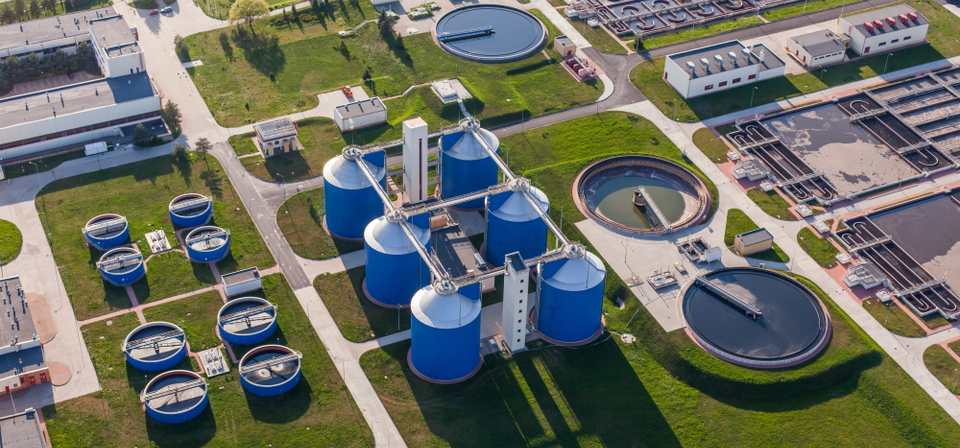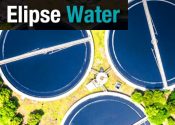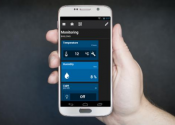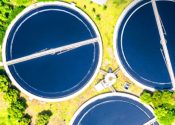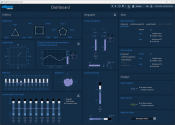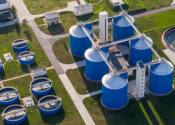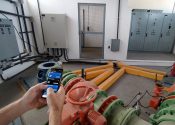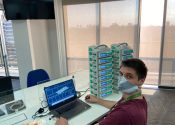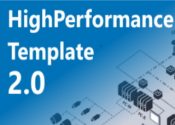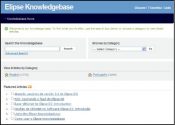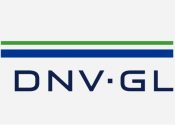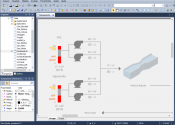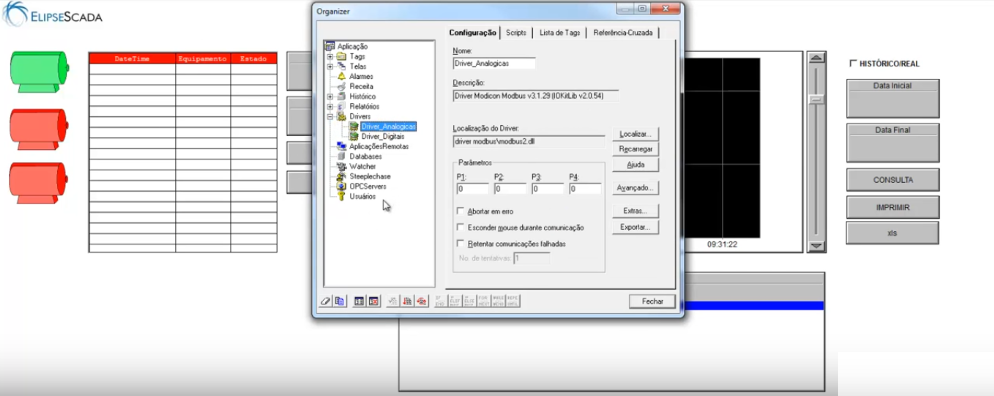Elipse Water
Elipse Water is an evolution of Elipse E3 SCADA system to better serve the management needs of sanitation systems. This is the perfect platform for optimizing and bringing more efficiency to the systems, the people, and the processes related to water and wastewater systems.
The history of automation of Brazilian sanitation systems is closely connected to the history of Elipse Software itself. For over 35 years, Elipse has been a constant presence in the sector of Water and Wastewater in Brazil, continuously promoting its modernization and efficiency. With the demands established by the Brazilian New Regulatory Framework for Sanitation, and the challenges presented by Industry 4.0, another chapter of this history is being written with the launching of a new product developed by Elipse Software aimed specifically at the challenges faced by water and wastewater companies: Elipse Water.
Projected and developed not only to add value to pre-existing data and systems in the companies, but also to capitalize on the potential of new IoT resources, Elipse Water is the perfect platform for optimizing and bringing more efficiency to the systems, the people, and the processes related to water and wastewater systems.
Platform
Elipse Water is an evolution of Elipse E3 SCADA system to better serve the management needs of sanitation systems. Therefore, Elipse Water displays all technical features of Elipse E3, in addition to: Elipse Plant Manager (EPM) features; unified records integration; hydraulic modelling; native objects to represent system components; advanced analysis and control modules.
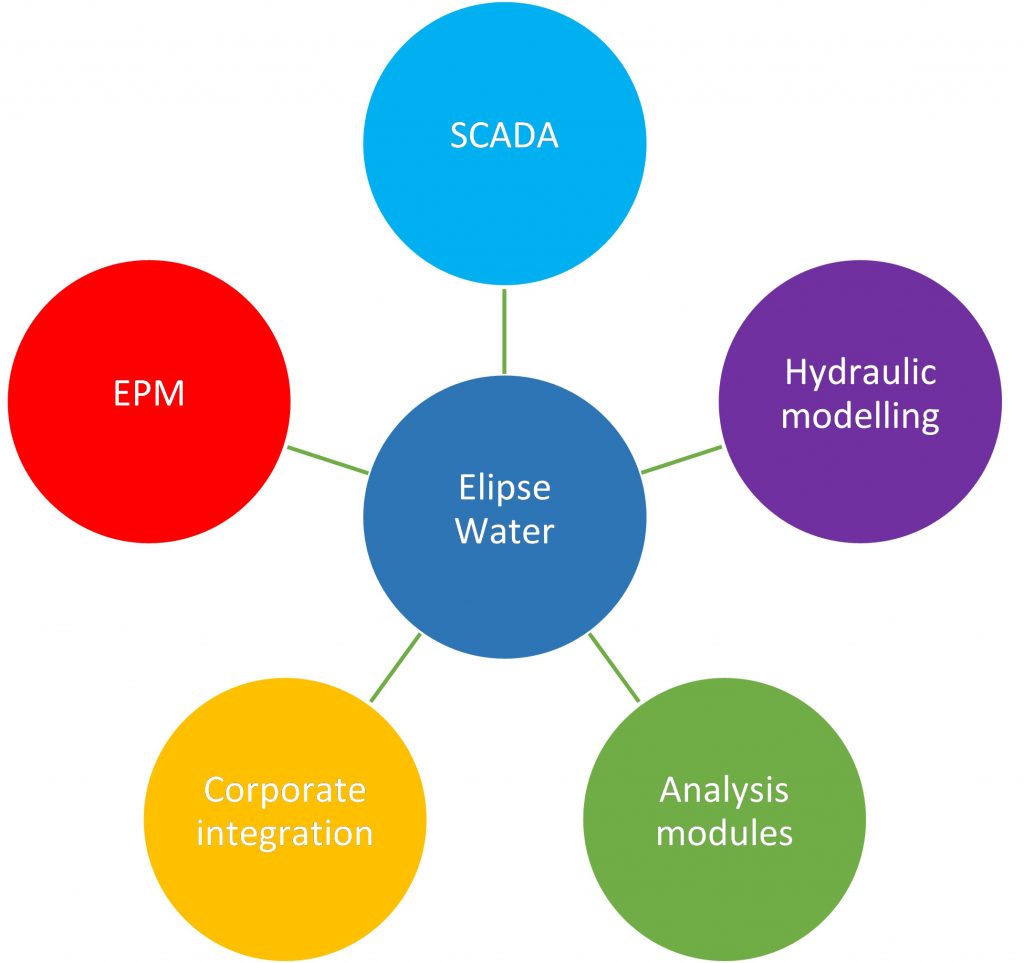
Hydraulic modelling
The first step to configure Elipse Water is to establish the system to be monitored and controlled, and this is accomplished via hydraulic system. Elipse Water provides an integrated CAD environment to create the network’s modelling. It’s also possible, according to the company’s needs, to import unified records of GIS-type systems or any other pre-existing hydraulic modelling base (for example: EPANET).
Via modelling, it’s possible to define systems’ topology and parameters for all devices in the network (assets), thus generating a local database with all necessary information in order to execute the analyses’ algorithms.
Modelling creates a hierarchy structure that allows all real-time measurements and commands to be contextualized in the registered equipment, which then makes integration with other applications easier.
The data structuring objects are native to Elipse Water; they provide a better overview of the project and dramatically bring down time and costs involved in developing, implementing, and maintaining the SCADA system.
The unified register contains the following information:
- All measurement stations and pieces of equipment relevant to the system (pumps, valves, reservoirs, etc.).
- A connectivity model between devices, which works as the basis for real-time analyses, simulations, and calculations.
- Standardized measurements to interpret relevant statuses (for example: Lifting, Pressure, Flow, Volume, Energy, Power, Valve State, etc.).
- Hydraulic parameters of the components.
Screen objects
Once the system’s hydraulic model has been created, Elipse Water will automatically create SCADA screens (supervision and control) that use objects libraries to represent each component on the network. You can edit those libraries to customize them to your company’s needs. It’s possible to change and re-import the screens at any time.
Schematic views module
Historically, water distribution networks are managed via GIS-operated tools (Geographic Information Systems), which offer a better overview of the system and support the dispatch of leak detection and maintenance teams. However, the information overload in GIS systems often keeps operators from correctly interpreting the data from the SCADA system in a timely manner. Easy, intuitive access to remotely controlled/supervised equipment can be an important asset for operators who must make decisions under pressure.
Considering that one of the trends signaled by Smart Cities indicates considerable growth in the number of devices supporting data communication, and that a large part of that data will be transmitted via SCADA systems, Elipse Software has developed a tool that allows reading schematic views for real-time operations. The module allows reading the registers from Water Model DB (which was fed with data imported from GIS) and automatically creating schematic diagrams for the operation, keeping all relevant information (such as: Pumps, Measurement Points, Tanks, etc.) while abiding by the hydraulic topology between them.
With the integration between Elipse Water and the company’s GIS database, it’s possible to detect whenever any change in the unified registers has affected the authenticity of the current schematic views, thus preventing any unfaithful representations to reflect the system as is. The process ensures safer, more efficient maintenance of all operation screens in the SCADA system.
Connectivity
Elipse Water also counts with the support of a wide array of communication drivers that were also developed by Elipse Software: over 450 available protocols, among which are MQTT and OPC UA. Additionally, the software is structured to receive values from other information sources, such as data input by operators, calculated data, data from invoices, data from other Control Centers, etc.
Historic data
Elipse Water integrates features from Elipse’s PIMS (Elipse Plant Manager – EPM) so that real-time data can be automatically stored in a structured, hierarchic manner, thus facilitating the generation of reports and alarms.
Leak detection module
This module is responsible for monitoring in real time the available flow and pressure measurements and alerting to possible leaks by correlating measurements to the physical network model and the historic behavior of variables. Detachment of nightly minimum flow in each DMC can also be used in order to automatically detect leaks. This module generates indications in real-time applications for the sake of helping the system’s operator to take faster, more efficient and assertive decisions.
Hydric balance module
This module is responsible for automating the calculations of real-time indicators and generating daily and monthly reports both for the system as a whole and specifically for the DMCs. It also allows automatically identifying DMCs according to measurement points existing on the network. Newly added points are identified and handled automatically, thus generating a new set of DMCs according to the network’s topology.
Examples of system-wide indicators:
- Produced volume.
- Consumed volume.
- Daily and monthly volume goals to be offered.
- Index of distribution losses.
- Index of income losses.
- System’s consumption’s hourly forecast.
Examples of DMC-related indicators:
- Identifying DMCs based on existing flow meters.
- Comparison between Measured x Billed values.
- Identifying DMCs with higher discrepancy between measured and billed values.
- Daily consumption in each DMC.
- Hourly consumption forecasts for each DMC.
Benefits
- Preserves the investment already incurred by the company.
- Shortens the system’s implementation, expansion, and maintenance times.
- Shortens the amount of qualification time required for the staff responsible for the SCADA system.
- The larger the number of variables observed in the system, the more efficient the operation is, and the more assertive the planning can be.
- More intuitive system operation screens help increase efficiency and safety and to ensure a faster response time by the operator (ISA 101).
- Shorter HH for extracting daily and monthly reports.
- Accessible, available information that guides management and operation decisions.
- Better grip of volumes available in the system, thus minimizing costs with energetic consumption and still water storage in tanks/reservoirs.
- Minimized losses with better pressure management on the network.
- Detecting the losses of large amounts of water is faster, which makes the Control Center more proactive in counteracting the effects of leaks on the network.
Architecture
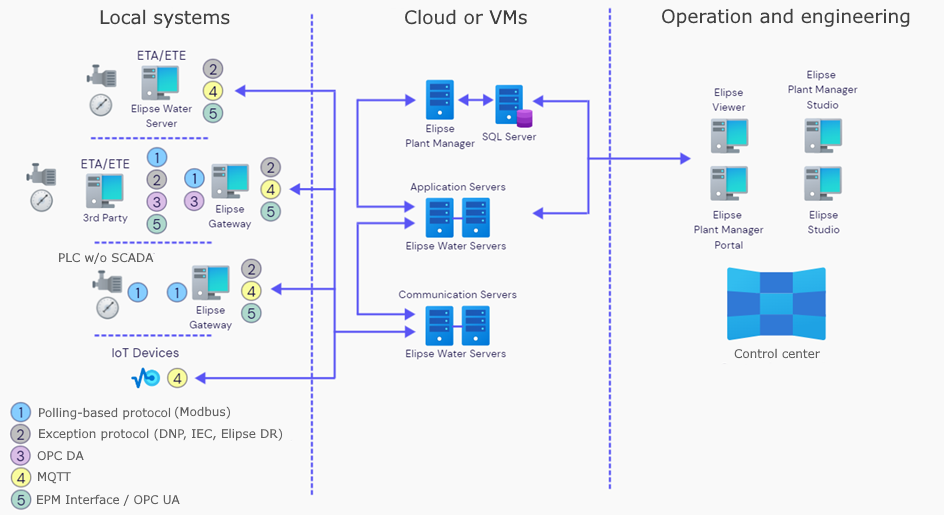
Elipse Water Standard/Basic
- Collects data from any type of device.
- Standardized modelling of assets and their quantities, including measurements, statuses, and commands.
- Contextualized, optimized data storage; queries, calculations, and analyses are available to all departments in the company.
- Graphic interfaces are developed with ISA 101 standard.
- Basic IoT management (registers, placement, and collection).
- Reports and Dashboards:
- Connectivity with Power BI.
- History of the user’s actions/interactions.
- Calculation and display of indicators that can be retrieved without hydric modelling.
- Possibility to use data from GIS and the Sales Department.
- Displaying assets (instrumented or not) and geo-positioned events.
- Hydric modelling.
- Modules:
- Hydric balance module:
- Manages measured and billed volumes.
- Leak detection module:
- Handles alarms based on the hydric model.
- Depressurization (supply shortages).
- Schematic views module.
- Hydric balance module:
